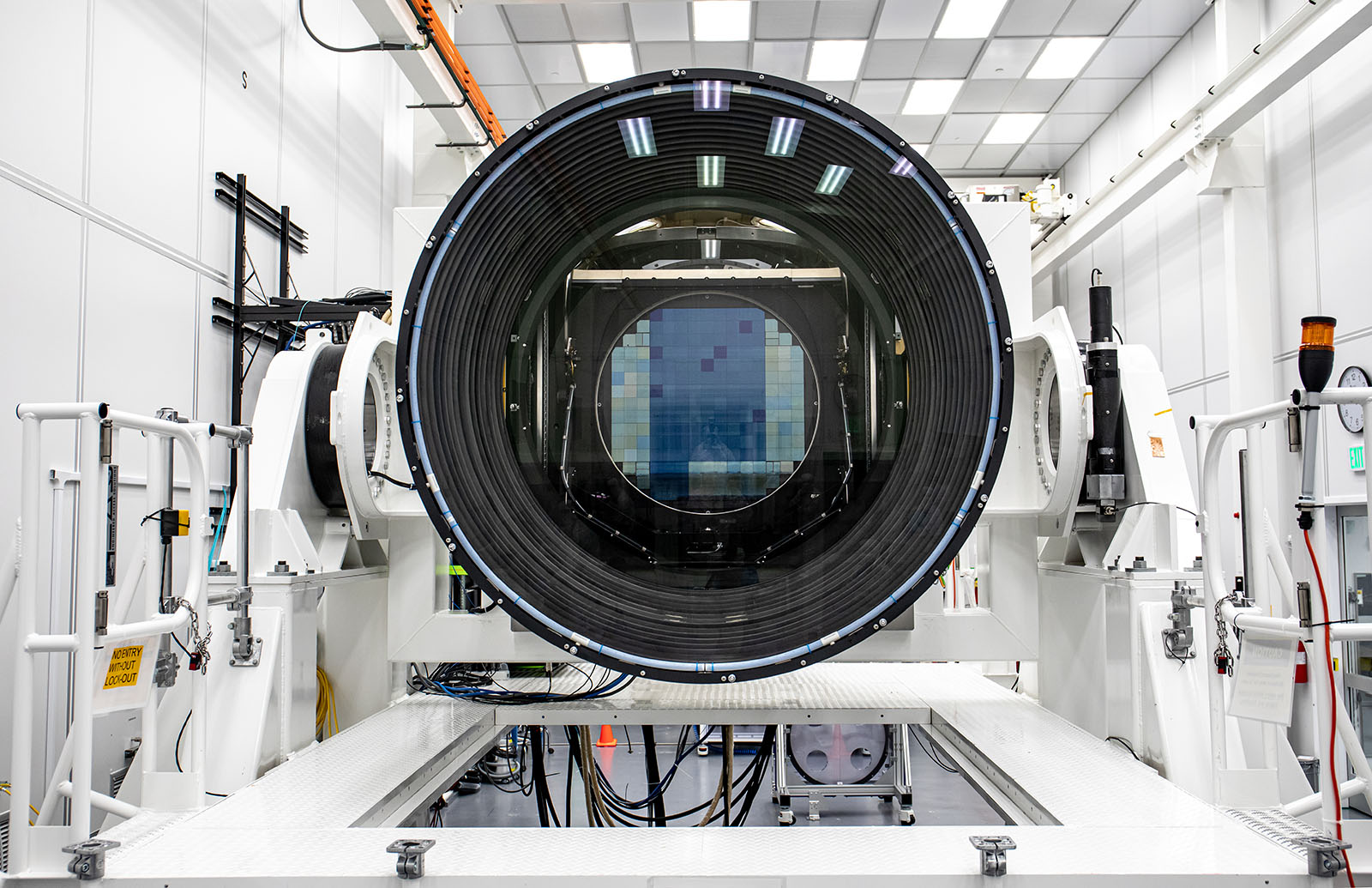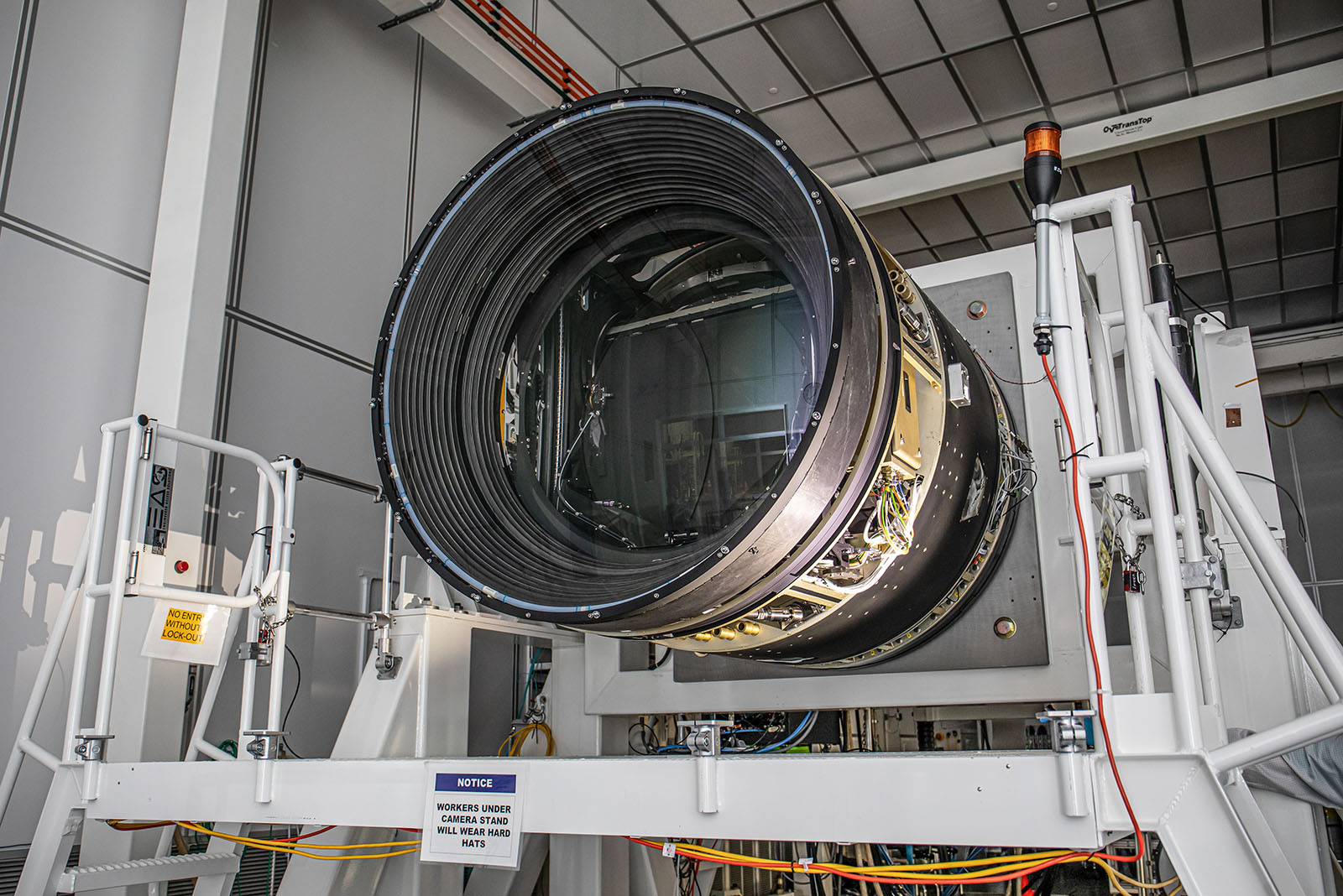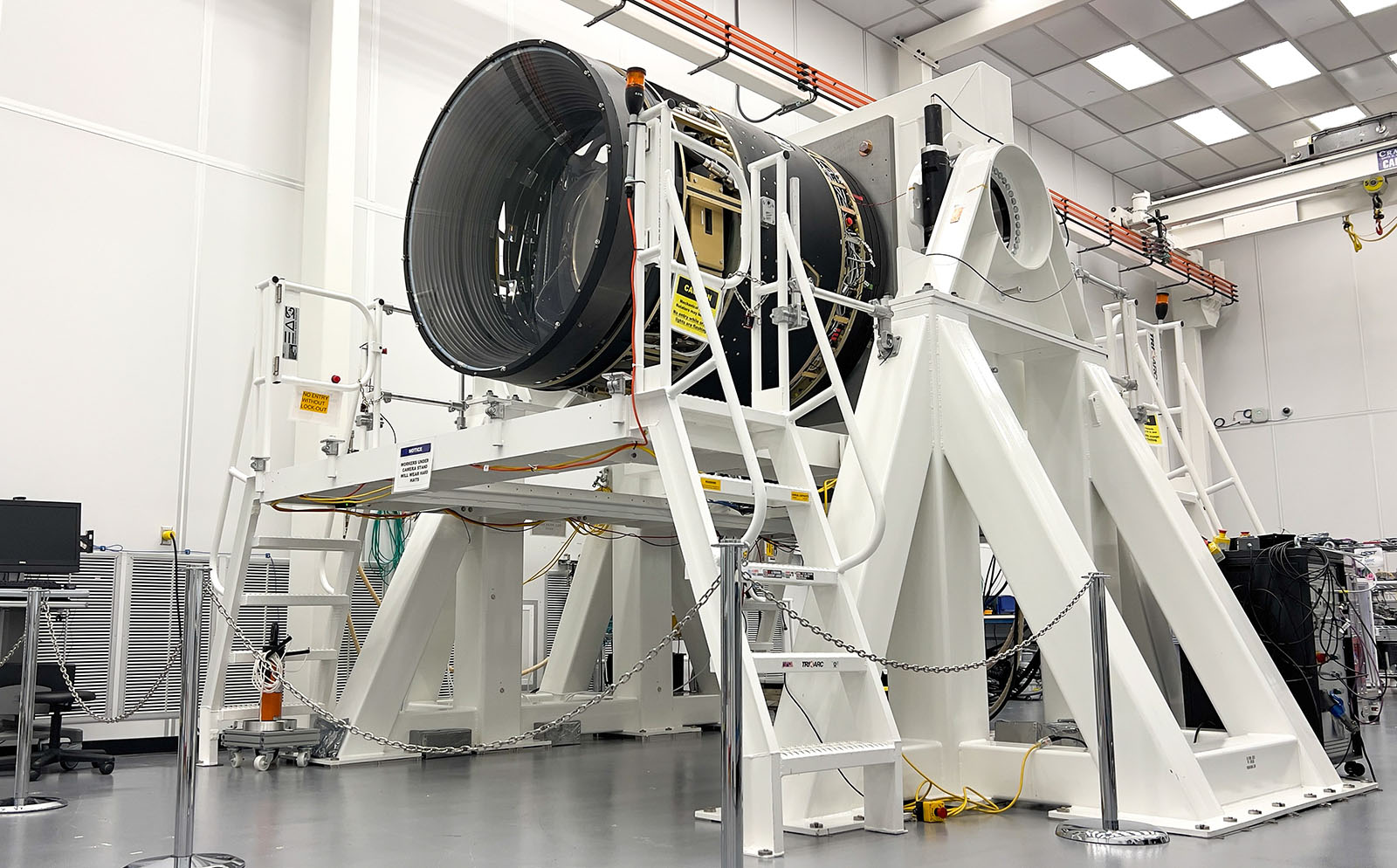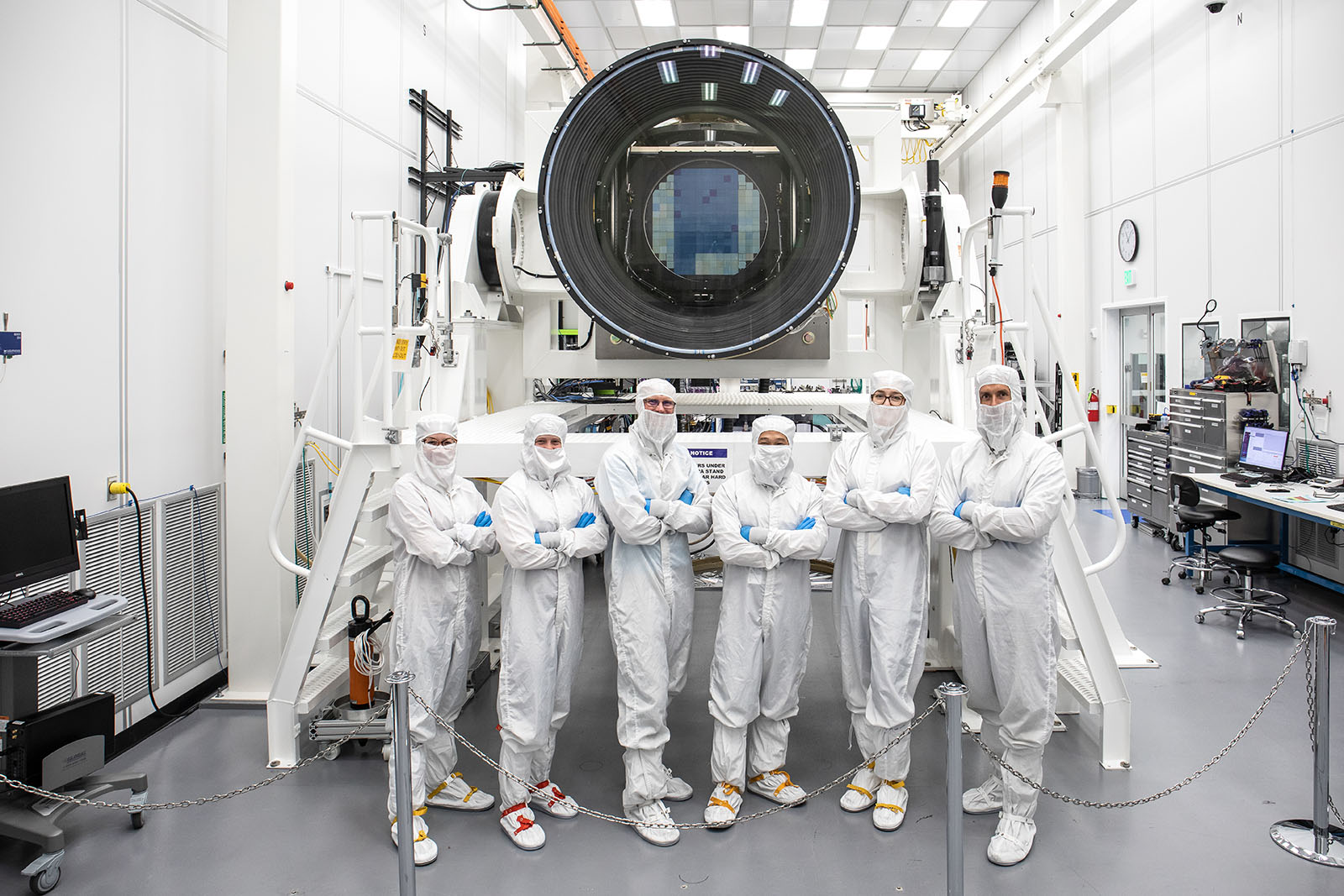Researchers from the SLAC laboratory have almost completed the creation of the Legacy Survey of Space and Time (LSST) camera after seven years. This is the world’s largest digital camera ever built for astronomy. The dimensions and weight of the camera are impressive: it weighs three tons, and is the size of a small car. It needs such dimensions to accommodate a 1.57-meter lens and a digital sensor with a resolution of 3200 megapixels. It is worth noting that this lens has already entered the Guinness Book of Records. Moreover, there is a device on board the camera to cool the camera to -100 °C to reduce distortion.

The wide-angle optical camera with a large aperture scans wavelengths from the ultraviolet to the near infrared range and consists of 189 charge-coupled sensors (CCD). SLAC explains that a 64-centimeter-wide focal plane is responsible for a 3.5-degree field of view, which means that the camera is able to capture more than 40 times the area of the full moon in the sky.

The huge camera will later be placed on the Simonyi Survey Telescope of the Vera C. Rubin Observatory in Chile. LSST’s mission is to observe the night sky for a decade in order to provide a large amount of data to solve the greatest mysteries of the universe, including the nature of dark energy and dark matter. During operation, the 3.2-gigapixel detector will collect 15 terabytes of data daily to study 37 billion stars and galaxies.

Although the camera is almost ready, there are still a few components to add. The key to its operation are six filters installed on the lens. Each of these filters has a coating that allows light to pass only a certain wavelength, and they be created in two places: Massachusetts and Provence, France. Now they are waiting for the installation.

Once installed, the camera will undergo final testing before it is packed for the long journey south, which will take place on a special Boeing 747 cargo plane. After installation at the Vera C. Rubin Observatory, the team expects that the camera will receive the first photos in 2024.
Earlier we reported on the TOP 4 telescopes that will be built by 2030.
According to stanford.edu and Petapixel
Follow us on Twitter to get the most interesting space news in time
https://twitter.com/ust_magazine
